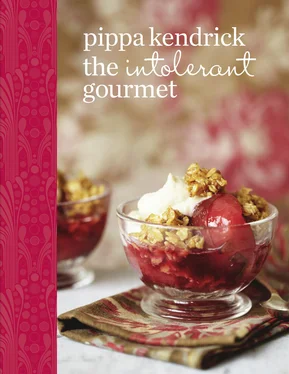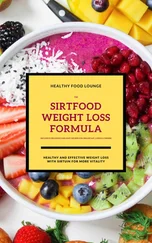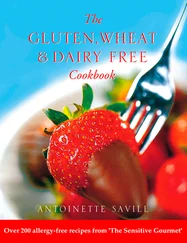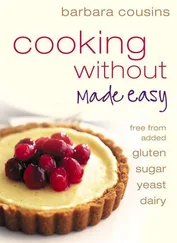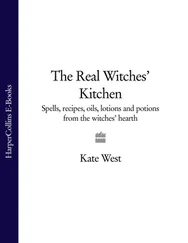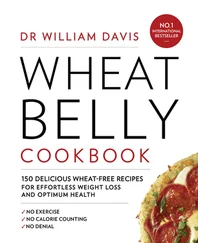Cooking and eating are, by their very nature, sociable acts. Hence people who become restricted in their diet worry that they may also become restricted in their lives. Family meals or dinners with friends can become an act of isolation, with one meal for you and another for everyone else. Eating out can be equally fraught, its pleasures outweighed by the simple lack of anything on the menu that you can actually eat! Having lived with multiple food intolerances for years, I have experienced these frustrations many times. So when I began writing The Intolerant Gourmet it was very important to me that this was a cookbook that could be used by as many people as possible. In these pages you will find dishes that you can eat blissful in the knowledge that they contain nothing that could make you unwell. Not only that but they will make you and those eating with you feel both indulged and well fed. These are dishes that everyone can take pleasure in, whether they’ve a food sensitivity or not.
The recipes in this book aim not only to satisfy your dietary requirements, but also to inspire you in the way of intolerance-friendly home cooking. The thought of all the things you can’t eat can seem overwhelming, but there are so many ways around this that you need never feel as though you are going without. Whether it is a combination of naturally non-allergenic ingredients, or an adaptation of a traditional dish using intolerance-friendly substitutes, these recipes will show you that being sensitive to certain foods does not mean a lifetime of deprivation. In fact, it can open up a whole new way of cooking that uses fresh ingredients, makes you feel fantastic and, most importantly, tastes really, really good.

The Intolerant Kitchen
The Intolerant Gourmet is all about the pleasure of eating – enjoying the delicious food you can have rather than craving the things you can’t. But before delving into the recipes, it is worth defining what constitutes a food allergy and what a food intolerance and how they differ.
A food allergy generally causes an immediate allergic reaction, which triggers an immune-system response and severe symptoms. There is also such a thing as a delayed allergic reaction to food, as in coeliac disease, for instance, in which the sufferer is allergic to the gluten in wheat. Intolerance, on the other hand, is an adverse reaction to a particular food or ingredient that occurs every time the food is eaten, but especially if larger quantities of it are consumed. It is much more common than an allergy and, although far less dangerous, symptoms can be similar and it can be no less difficult to live with. Food intolerance occurs when the body is unable to deal with a particular type of food, such as wheat, dairy products or egg. This is usually due to a combination of factors – the body not being able to produce enough of the particular chemical or enzyme needed for the digestion of that food and an over-exposure to the food in question.
Food intolerance can be triggered by ill-health (following serious illness, for instance, or an operation on the digestive system), but in most cases it is brought on by an over-exposure to a particular food or foods. In Britain, for example, we consume a huge amount of wheat grain on a daily basis, without even being aware of it. It is quite normal for an individual to eat a wheat-based cereal for breakfast, a sandwich of some type for lunch, followed by a pasta-based meal for supper. The result is a disproportionate amount of wheat consumption in one day, and if this is repeated over time, it can easily lead to an intolerance to wheat.
Intolerances are rarely life-threatening, but they do cause very real symptoms, from bloating and abdominal pain to rashes, headaches and even depression. Such symptoms can begin hours or even days after taking the food in question, making it difficult to diagnose the cause. As a result, sufferers can find themselves living in a state where they never feel wholly well. Indeed, this may have gone on for so long that it will have become an accepted part of their lives. They can’t remember a time when it was any better.
Once you have been diagnosed with a food allergy or intolerance, then you should of course try to avoid the problem food in all its guises. At the same time, it’s important to build up your reserves of vitamins, minerals and essential nutrients and to support your immune system as much as possible. Avoiding the problem food needn’t be a dismal business, however. You can buy a wide selection of products specially devised for sufferers from food intolerances and allergies, and some are worth their weight in gold in the kitchen. This cookbook uses a selection of the best, tried-and-tested products – for my list of recommended products and stockists. It also uses a range of allergen-free fresh produce to create recipes that are both rich in nutritional value and taste delicious.
Adopting an allergy- or intolerance-friendly diet does mean weaning yourself off all unnecessary processed and modified foods. When you can no longer rely on packets of biscuits or ready-made meals to fill a hole or provide an instant meal, learning to make the most of fresh wholefoods will make things much easier. Fruit, vegetables, pulses and meat – the foundation of good home cooking – are all intolerance-friendly foods, providing a great range of culinary options. The chapters in this book will encourage you to notice what’s in season, too, so that you begin to make seasonal eating a natural part of your diet.
Foods for you
While it is easy to feel overwhelmed by all the foods you can’t eat, it is far more helpful to concentrate on those you can. And the most important thing to begin with is to work out which of the staple foods you can eat and cook with in order to build up your intolerance-friendly storecupboard. Some will be familiar, while others may be new to you, but they’ll soon become old friends. I’ve listed a tried-and-tested range of intolerance-friendly basics over the next few pages. All the foods listed are high quality and 100 per cent natural, with no artificial flavours, chemicals or preservatives. They are all widely available from health-food shops and big supermarkets.
Dairy-free milks
The dairy-free milks listed below are the perfect substitute for cow’s milk in intolerance-friendly cooking. They are very useful in baking, and also create authentic-tasting custards and creams. You can make your own versions of the nut milks, but if you are buying them I recommend the varieties enriched with calcium, as every little helps!
Almond milk: a rich and creamy milk with a distinctive almond flavour, making it ideal for use in puddings and for pouring over cereal, especially granola or muesli. Most varieties come sweetened with agave syrup Конец ознакомительного фрагмента. Текст предоставлен ООО «ЛитРес». Прочитайте эту книгу целиком, купив полную легальную версию на ЛитРес. Безопасно оплатить книгу можно банковской картой Visa, MasterCard, Maestro, со счета мобильного телефона, с платежного терминала, в салоне МТС или Связной, через PayPal, WebMoney, Яндекс.Деньги, QIWI Кошелек, бонусными картами или другим удобным Вам способом.
as it can be a little bitter without.
Hazelnut milk: a rich and creamy milk, with a distinct flavour of hazelnuts. Ideal for use in sweet baking and puddings.
Читать дальше
